At a Parsi wedding, the guests are hypothetically split down the centre. Much like Indians were thanks to their allegiance to Sachin Tendulkar or Saurav Ganguly in the early 2000s. The wedding guests are either supporters of Patra ni Macchi (pomfret marinated in tangy green chutney and steamed in banana leaf packets tied with cotton sutli) or Saas ni Macchi (pomfret cooked in a mild, thick sweet-sour sauce topped with cherry tomatoes). The suspense over what will be served lasts till the guests are called by the caterer’s staff with a happy shout, “Jamva chalo ji (let’s have dinner).” Seated on metre-long tables draped in white linen with chairs lining one side, leaving the other free for stewards to snake through the aisles serving each course, they wait for the secret to unravel.
After the cold drink (Pallonji’s Ginger or Raspberry soda are what veterans will pick, the millennials going for the banal colas), comes the Saria or deep-fried sago wafers, and roli-achaar-paper-thin rice flour chapatis served with Gajar mewa nu achaar, a carrot and raisin sweet-tart pickle that defines the start of the lagan nu bhonu or wedding feast.
While here, the Saas ni Macchi is served with chapati, when this dish is replicated at home, it’s accompanied by Khichdi(Khichree).
The Parsis, an ethno religious minority found refuge in India somewhere between the AD 7th and 10th century after their Persian emperor Yazdezard Sheriar was defeated by the Arabs. Rejecting conversion to Islam, the community that followed the monotheistic faith Zoroastrianism, fled to China, Afghanistan, and one group made it by sea to the shores of Sanjan in Gujarat. Adopting not only the state’s language which we now speak-although with a strange twang that makes the Gujarati Hindus smirk-but also its cultural traditions and culinary practices, the Parsis turned into salt water fish lovers unlike their Persian ancestors. The Saas ni Macchi is an ode of sorts to the fertile coast that they came to call home, although its use of a delicate white sauce also points, believe some experts, to colonial influence which shaped Indian food in remarkable ways.
This blog then, attempts to take the intermingling up a notch, attempting to use indigenous Marathi ingredients to drum up a classic Parsi lunch.
The ‘khattu-mitthu’ or sweet-sour flavour profile that’s central to Parsi food, comes in this dish from the use of palm vinegar and sugar. I have tried to replace it with a mix of Kokum Agal and Kaakvi. The base of the white sauce usually uses refined flour or rice flour, but I have tried using Khapli Gahu Peeth or Emmer wheat flour, making it healthier. Don’t get worried about the rose ivory tinge your Saas will develop thanks to the agal and wheat while pictures online of the dish made with maida will present a sauce that’s stark white. I used Indrayani rice endemic to the Pune-Mulshi belt in Maharashtra for the Kichree, and replaced the Saaria with Poha Mirgund (spiced poha papad), a most delicious imposter.
How did it turn out? A successful experiment, I think. What will the purists say?
Oh, khodaiji! (Oh, my god!)
Saas ni Macchi
Ingredients:
- ½ kg fish, cleaned and sliced thick. You can use any fleshy fish of your choice. Parsis like to make this with pomfret, rawas or ghol (croaker fish).
- 2 medium onions, chopped fine.
- 6 cherry tomatoes, washed and kept whole or sliced into two.
- 2 green chillies, 6 cloves peeled garlic, ½ tsp cumin. Grind this into a course paste.
- 2 slit green chillies
- 2 dessert spoons Aazol’s Khapli Gahu Peeth
- 1 egg
- 1 tbsp Aazol Kokum Agal+2 tbsp Aazol Kaakvi, blend them
- 1 tbsp chopped coriander
- 3 cups water
- 4 tbsp oil
- Salt to taste
Method:
- Take a deep bottom wide pan and heat the oil. Add chopped onion and fry till light brown.
- Add garlic-chilli-cumin mixture and chopped coriander and fry for a minute. Add the flour and stir well, mixing all ingredients till it is well roasted and the flour stops smelling raw.
- Add the water gradually as you stir continuously and briskly to ensure there are no lumps in the gravy. Use a silicon spatula if available to press out the lumps and create a smooth mix.
- Bring the mixture to a boil, close pan and simmer on low heat for 10 minutes. Keep checking and stirring the gravy as it gradually thickens.
- Add the fish, slit chillies, cherry tomatoes and continue cooking on medium flame till the fish is cooked through.
- Take the pan off the heat (if you add the egg while pan is on the stove, it may scramble).
- Take a bowl, break an egg and add the agal+kaakvi mix and beat well with a beater or fork.
- Add this mix to the saas in a slow trickle. Don’t stir else the fish will break. Hold the pan by the handles and give it a gentle swirl for the gravy to coat the fish.
- Add salt and return the pan to low heat to cook for 5 minutes before serving.

Khichdi
Ingredients:
- 1 cup Aazol Indrayani Rice
- ½ cup Moong or Green Gram Dal
- 2 cups Water
- 2 tbsp Ghee
- ½ tsp Cumin
- Pinch of Turmeric
- Salt to Taste
Method:
- Clean and wash rice-dal mix and soak in water for half hour.
- Take a pan, add ghee and cumin. When it splutters, add haldi and the washed rice-dal. Add the water and give it a stir. Bring to boil.
- Lower flame, and place a tava under the vessel. Cover vessel and let it cook on slow simmer until the rice is done.
- Serve Saas ni Macchi with Khichree and a side of deep-fried Aazol Poha Mirgund and sliced white onion.

This article is part of a series that looks at using Aazol’s Marathi products to rustle up Parsi Zoroastrian cuisine specialties.
Author: Tinaz Nooshian
The writer is Editor-in-Chief of the Mumbai headquartered newspaper Mid-day.


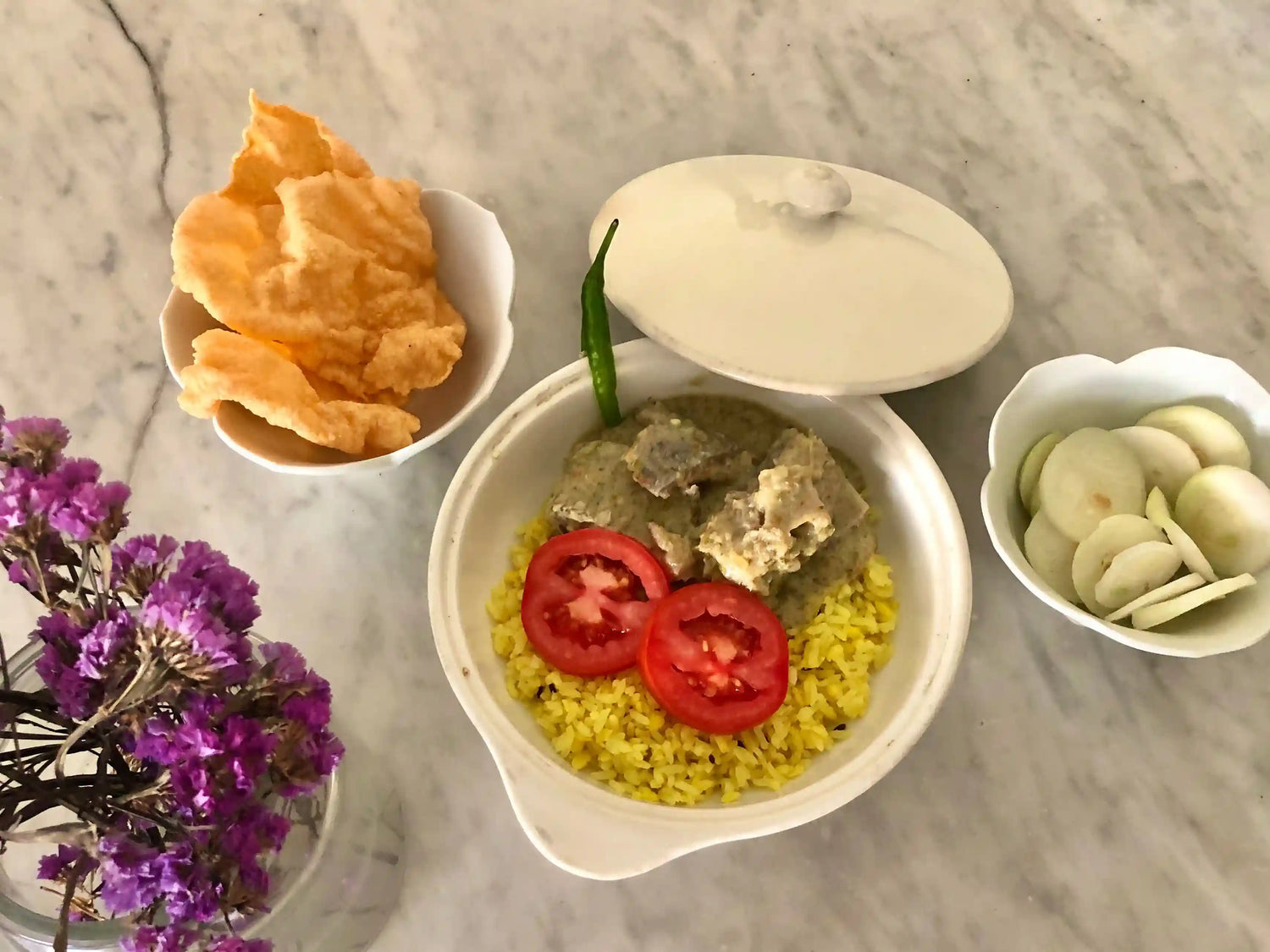
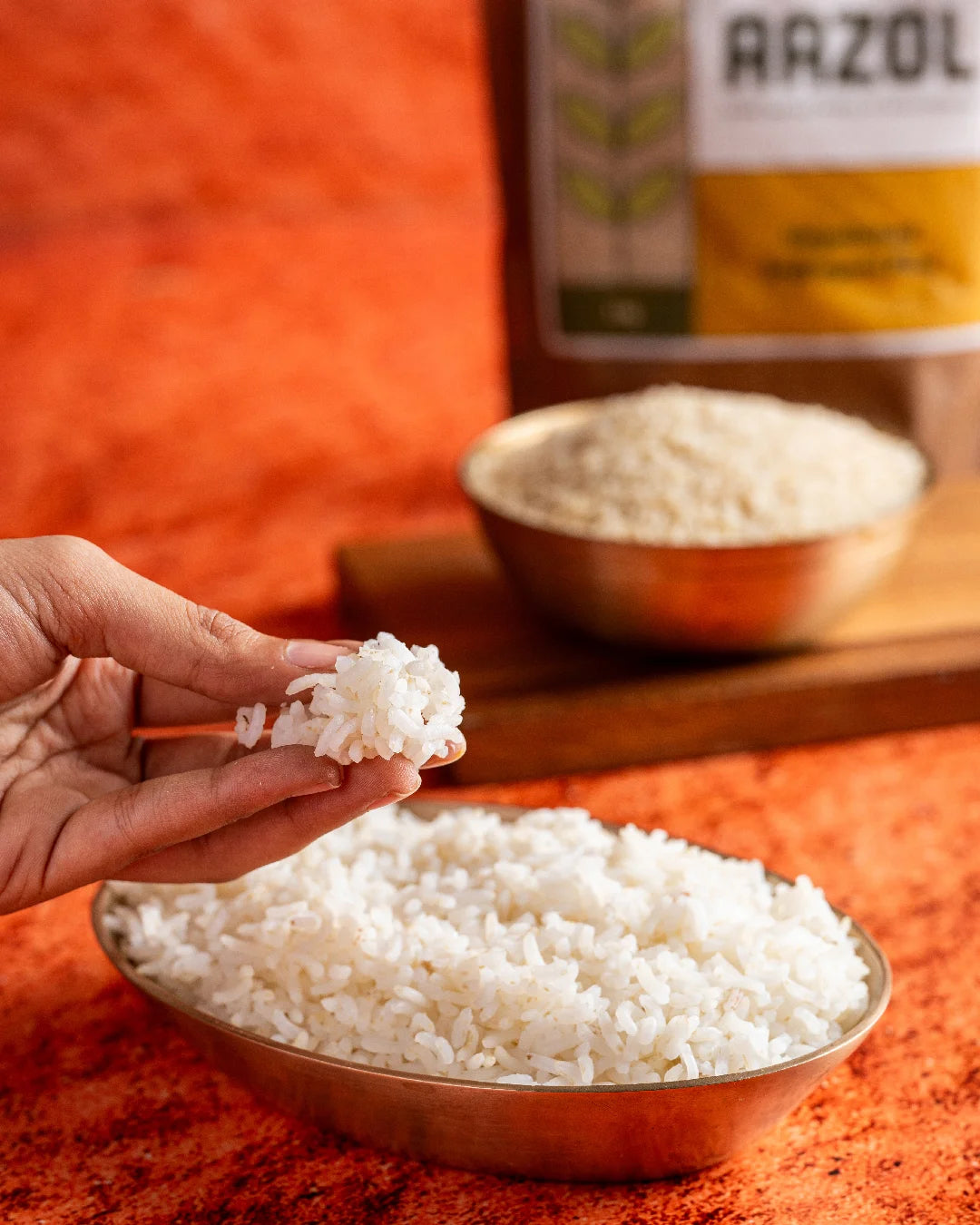



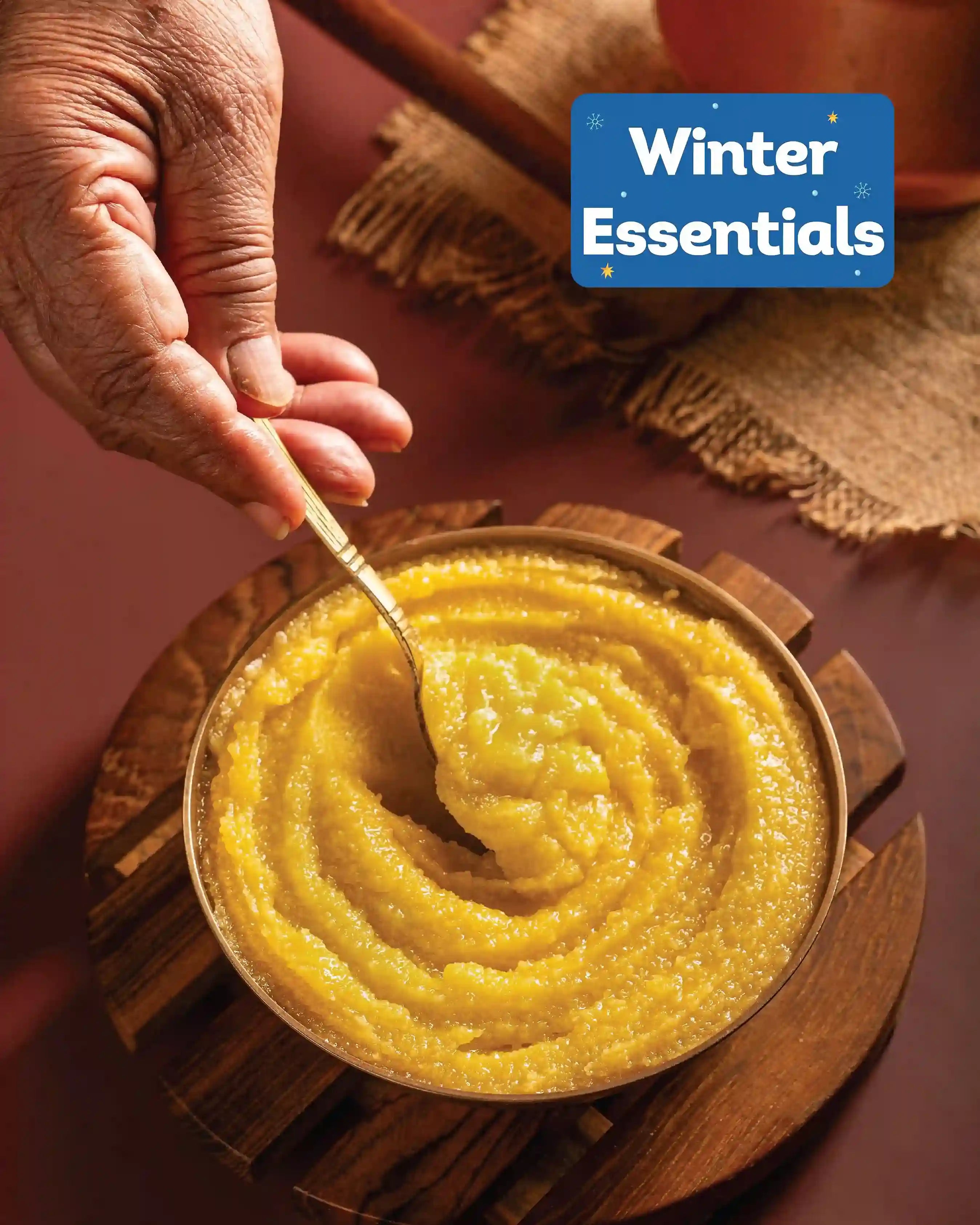
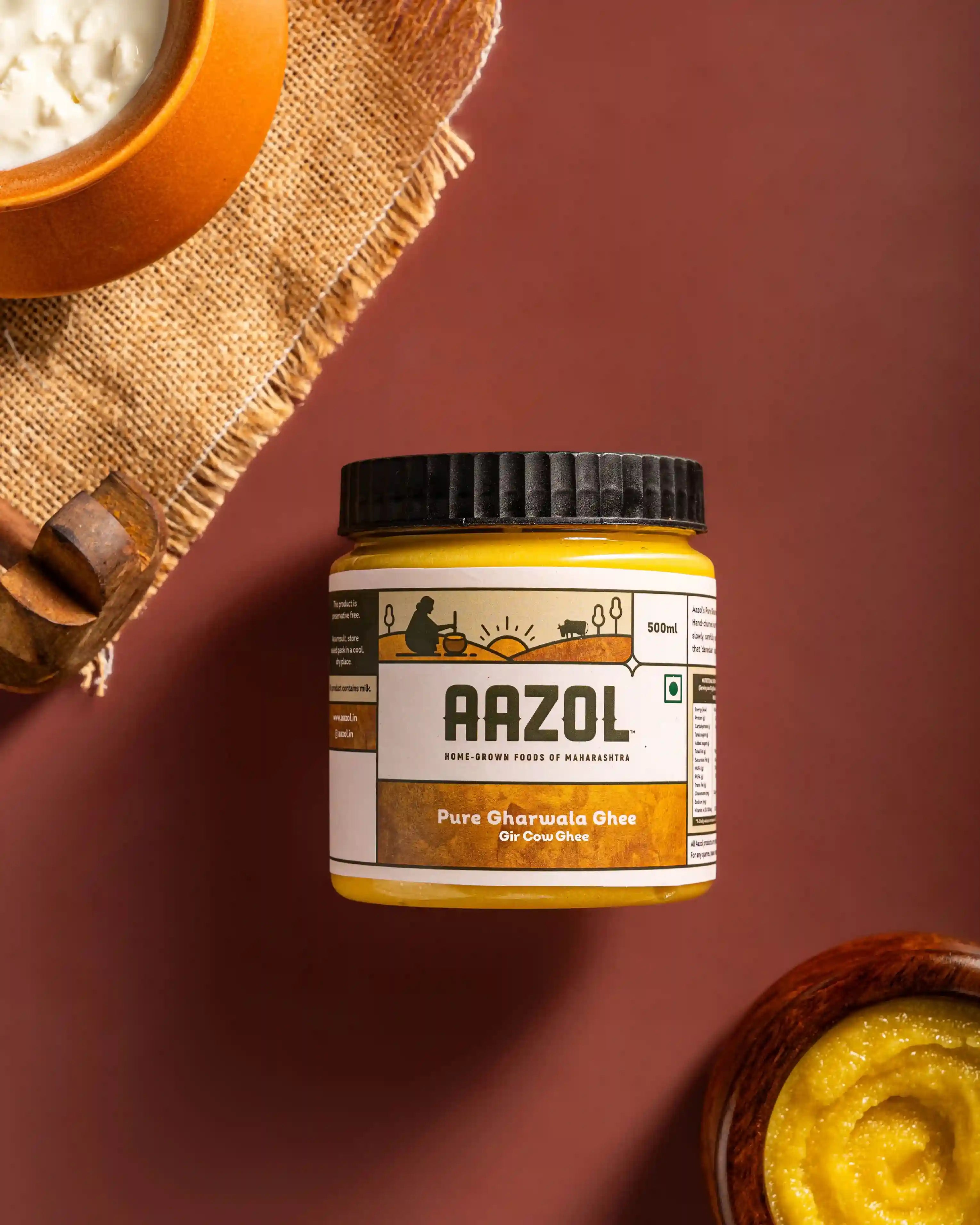
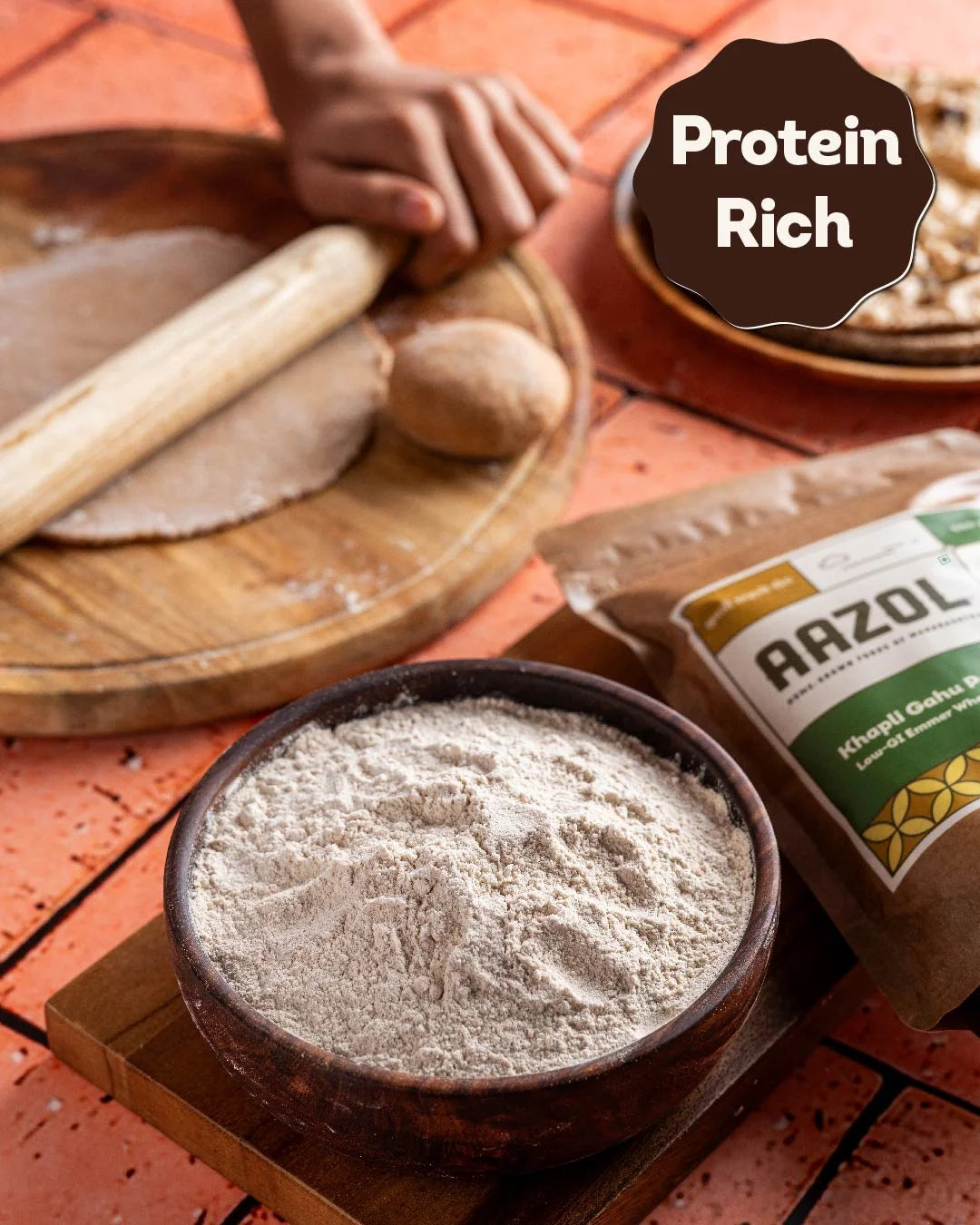
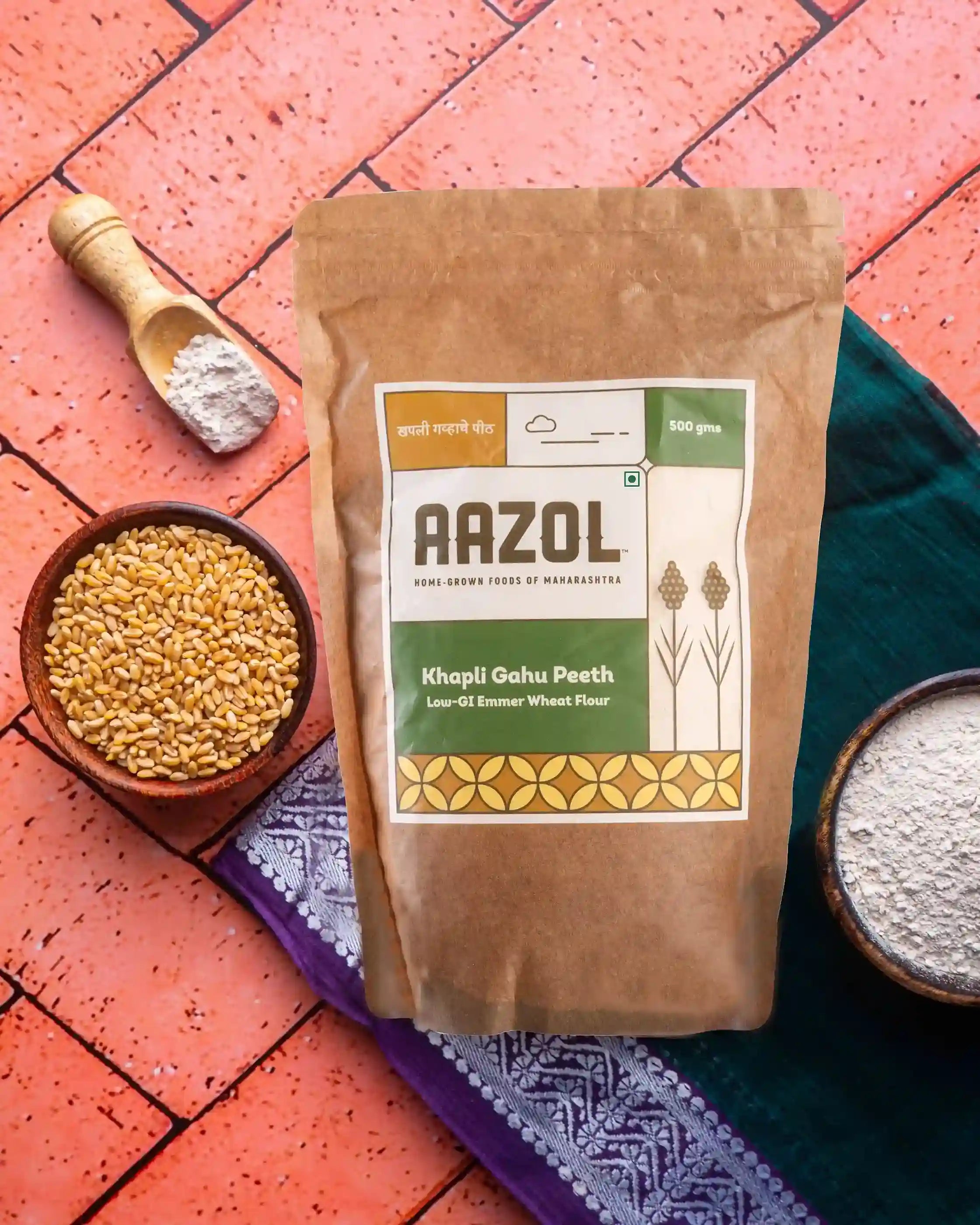
Comments (0)
Your comment may be featured to help others on a similar journey